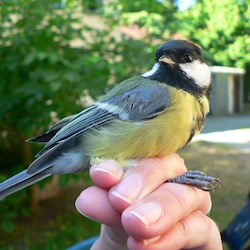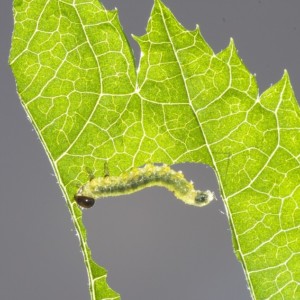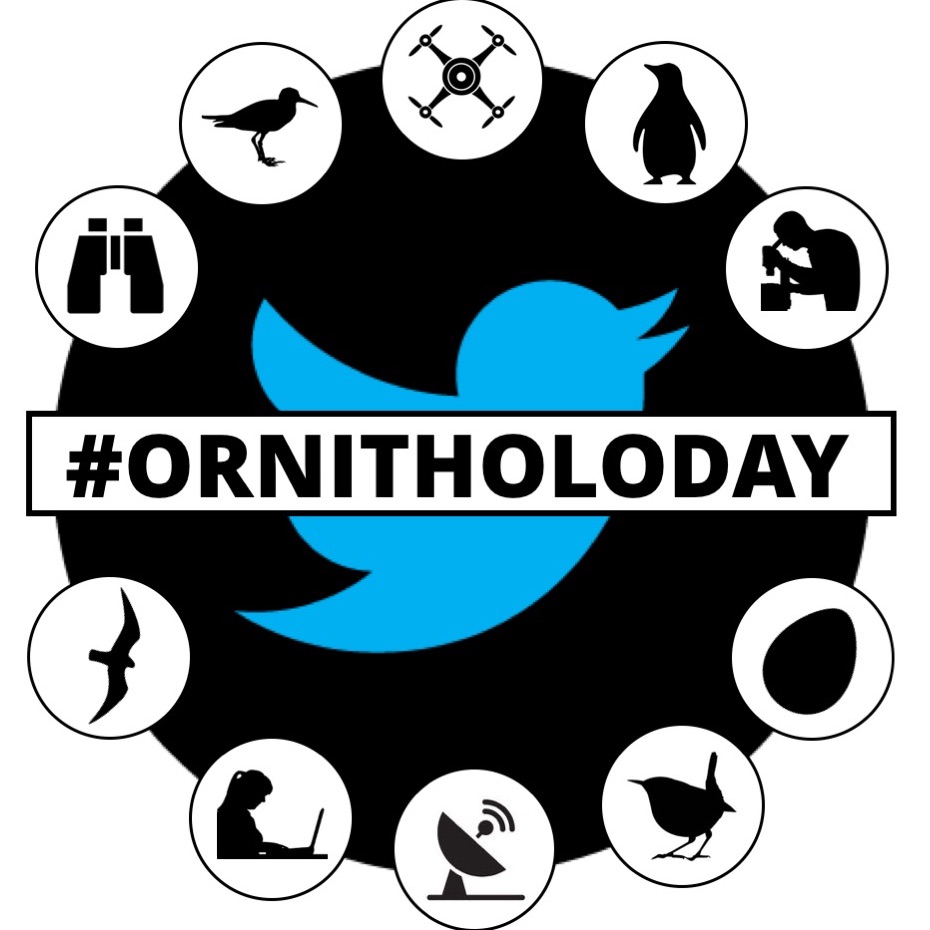The attraction of insectivorous birds to herbivore-damaged plants
 When herbivorous animals eat plants, the plants react to this in several ways. They can produce chemicals that make the leaves taste bad or even harmful for the herbivores. Plants can also emit small-sized chemicals called volatile organic compound (VOCs) in the surrounding air. These VOCs spread the news of herbivore-damage to neighbouring plants, so that they can prepare themselves against a potential herbivore attack. Predators and parasitoids of the (insect) herbivores can smell these VOCs, and for them, the smell means prey (or host for parasitoids) is nearby. The role of VOCs has been studied a lot with arthropod predators and parasitoids, but recently it has become clear that insectivorous birds can also smell VOCs and use them to locate the plants with plenty of herbivorous insects.
When herbivorous animals eat plants, the plants react to this in several ways. They can produce chemicals that make the leaves taste bad or even harmful for the herbivores. Plants can also emit small-sized chemicals called volatile organic compound (VOCs) in the surrounding air. These VOCs spread the news of herbivore-damage to neighbouring plants, so that they can prepare themselves against a potential herbivore attack. Predators and parasitoids of the (insect) herbivores can smell these VOCs, and for them, the smell means prey (or host for parasitoids) is nearby. The role of VOCs has been studied a lot with arthropod predators and parasitoids, but recently it has become clear that insectivorous birds can also smell VOCs and use them to locate the plants with plenty of herbivorous insects.
 Birds can also recognise herbivore-damaged plants by sight. Of course they can see the insects, holes in leaves or frass on the leaves, but they can also recognise the suffering plants from a longer distance. This is because when herbivores eat the leaves, they disturb the photosynthesis of the plants which means that even the undamaged leaves of herbivore-damaged plants are not as bright green as leaves of undamaged plants. Day-active birds have much better colour-vision than humans, so it is possible that they can see the difference between leaves of undamaged and herbivore-damaged plants.
Birds can also recognise herbivore-damaged plants by sight. Of course they can see the insects, holes in leaves or frass on the leaves, but they can also recognise the suffering plants from a longer distance. This is because when herbivores eat the leaves, they disturb the photosynthesis of the plants which means that even the undamaged leaves of herbivore-damaged plants are not as bright green as leaves of undamaged plants. Day-active birds have much better colour-vision than humans, so it is possible that they can see the difference between leaves of undamaged and herbivore-damaged plants.
When birds use VOCs and visual cues during foraging, they save time and energy because they don’t have to check every tree for potential prey. They can concentrate on checking the ones that smell or look most promising. The presence of insectivorous birds is also useful for the plants, because then they get rid of herbivorous insects eating the leaves.
 During my day as the host of the BOU’s #ORNITHOLODAY on Wednesday 23 January 2019, I will provide more details of the experiments I and other researchers have undertaken (including the use of plasticine caterpillars – see right) to study these interactions between birds, insects and plants. And I can answer your questions about this topic.
During my day as the host of the BOU’s #ORNITHOLODAY on Wednesday 23 January 2019, I will provide more details of the experiments I and other researchers have undertaken (including the use of plasticine caterpillars – see right) to study these interactions between birds, insects and plants. And I can answer your questions about this topic.
Elina will be tweeting between 0800 – 2100 UTC about this topic on Wednesday, 23 January. More details on Elina’s #ORNITHOLODAY
Image credits
From top: Great Tit © Elina Mäntylä; sawfly larva CC0 adege via pixabay; artificial plasticine caterpillar © Elina Mäntylä; Elina Mäntylä Twitter avatar © Toni Nikkanen





